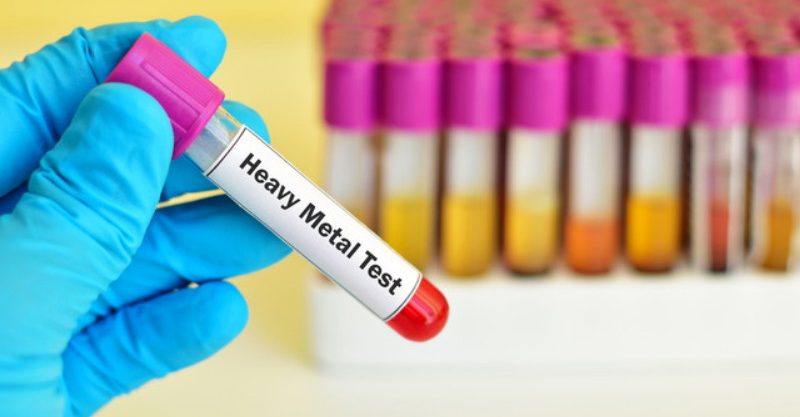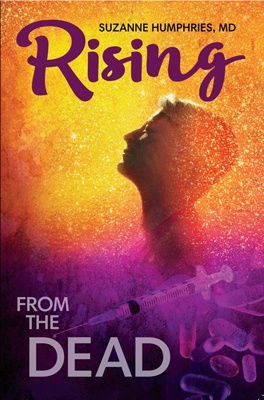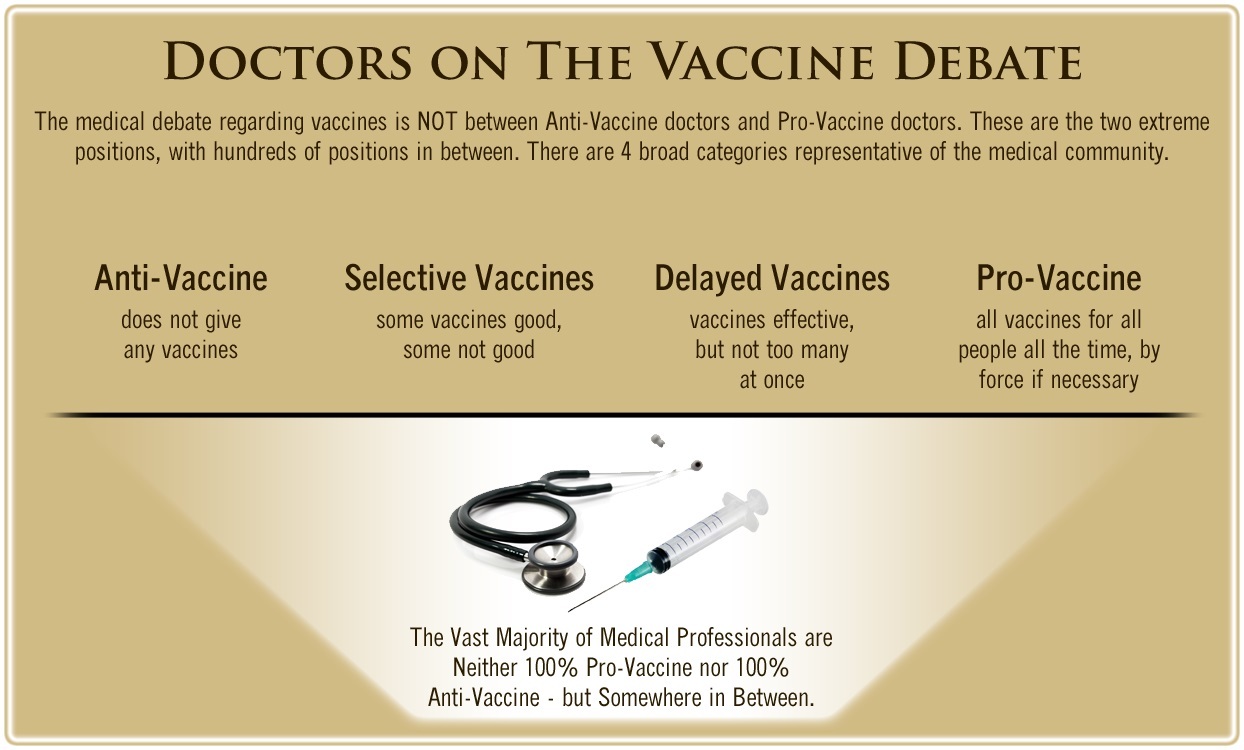Mercury and Lead: The Fallacy of “Safe” Levels
by Robert F. Kennedy, Jr.
WorldMercuryProject.org
In our toxin-filled world, we often look to government agencies to tell us what levels of exposure we should consider safe or unsafe. If our exposure does not exceed an agency-determined threshold, we assume there is little cause for concern.
How do regulatory agencies determine these thresholds?
There is considerable evidence to suggest that safety limits are often arbitrary and do not accurately flag risks.
A new study published in Environmental Research by a group of researchers in upstate New York underscores this point. Lead author Dr. Brooks Gump of Syracuse University and coauthors call attention to problems associated with low levels of background exposure to lead and mercury, at concentrations notably lower than those deemed “elevated” by federal agencies such as the Centers for Disease Control and Prevention (CDC) and the Environmental Protection Agency (EPA).
The authors report on results from the Environmental Exposures and Child Health Outcomes (EECHO) study, an ongoing study involving African-American and white children (ages 9–11) in low- and middle-income urban neighborhoods. Although the EECHO study’s primary purpose is to investigate the influence of environmental toxicant exposures on cardiovascular risk indices, the Environmental Research paper focuses on interesting associations between environmental toxicants and neurodevelopmental outcomes.
Study Description
The sample included 203 children (53% male, 57% African-American). Over half (53%) of the families had incomes of less than $35,000 per year. The study measured:
- Blood levels of lead and total mercury
- Hostility (administered to participants)
- Other disruptive behaviors (administered to parents), including oppositional defiant disorder (ODD) behaviors and attention-deficit/hyperactivity disorder (ADHD) behaviors
- Emotion regulation (participants)
- Autism spectrum disorder (ASD) symptoms (parents)
The investigators initially excluded children with serious medical or developmental disabilities (as well as children taking medications such as Ritalin). Even with these exclusion criteria, the researchers found substantial levels of neurodevelopmental disorders in their sample. They rated more than one in six children as ODD (16%) or ADHD-inattention type (15%), one in nine (11%) as ADHD-hyperactivity/impulsive type, and one in twenty (5%) as Asperger’s/high-functioning autism.
The investigators found significant associations with hostile distrust, ODD behaviors, lack of emotional awareness, and emotional uncertainty correlating with increasing blood lead levels. These significant associations occurred in children with blood lead levels (0.19 to 3.25 micrograms per deciliter) well below the reference level of 5 micrograms per deciliter at which the CDC recommends initiating public health actions.
Gump and coauthors also measured heart rate variability (HRV) to assess parasympathetic (vagal) responses to acute stress. They explain that they included HRV because emerging research suggests that underlying differences in parasympathetic nervous system responses to acute stress may shape neurobiological susceptibility to environmental factors. After Gump’s research team added HRV measures to their statistical models as interaction terms, they found a statistically significant and “novel” relationship between blood mercury levels and ASD symptoms (especially social skills, attention to detail, and imagination) in the subgroup of children who showed sustained vagal tone during acute stress. This latter result matches findings from a 2003 study in which autistic children displayed an “excessively controlled vagal system” suggestive of “autonomic hyperarousal.” The authors point to the need for further research to elaborate on mercury’s role in triggering greater frequency of autism spectrum symptoms in children who exhibit atypical parasympathetic activity.
Comments
In a separate publication about the EECHO study, the authors explicitly note their assumption that “the majority of total mercury in whole blood was methylmercury via fish consumption,” adding that they did not carry out mercury speciation to verify their assumption. This is a notable limitation of the study, because measurement of blood levels of heavy metals assesses recent (or ongoing) exposure to heavy metals but is not an accurate method of determining whether the organs, tissues, or bones are storing these toxicants. Many US children still receive thimerosal-containing flu shots on an annual basis; these contain significant amounts of ethylmercury, which moves more quickly into tissues and organs than methylmercury.
The authors point to the need for further research to elaborate on mercury’s role in triggering “greater frequency of autism spectrum symptoms” in children who exhibit atypical parasympathetic activity.
Despite this oversight, the authors emphasize the importance of paying attention to low levels of background metal exposure because “background exposures…affect a much larger proportion of children.”
This comment calls into question the relevance of “safety” thresholds for highly toxic substances.
Read the Full Article at WorldMercuryProject.org.
Leaving a lucrative career as a nephrologist (kidney doctor), Dr. Suzanne Humphries is now free to actually help cure people.
In this autobiography she explains why good doctors are constrained within the current corrupt medical system from practicing real, ethical medicine.
One of the sane voices when it comes to examining the science behind modern-day vaccines, no pro-vaccine extremist doctors have ever dared to debate her in public.
Medical Doctors Opposed to Forced Vaccinations – Should Their Views be Silenced?
One of the biggest myths being propagated in the compliant mainstream media today is that doctors are either pro-vaccine or anti-vaccine, and that the anti-vaccine doctors are all “quacks.”
However, nothing could be further from the truth in the vaccine debate. Doctors are not unified at all on their positions regarding “the science” of vaccines, nor are they unified in the position of removing informed consent to a medical procedure like vaccines.
The two most extreme positions are those doctors who are 100% against vaccines and do not administer them at all, and those doctors that believe that ALL vaccines are safe and effective for ALL people, ALL the time, by force if necessary.
Very few doctors fall into either of these two extremist positions, and yet it is the extreme pro-vaccine position that is presented by the U.S. Government and mainstream media as being the dominant position of the medical field.
In between these two extreme views, however, is where the vast majority of doctors practicing today would probably categorize their position. Many doctors who consider themselves “pro-vaccine,” for example, do not believe that every single vaccine is appropriate for every single individual.
Many doctors recommend a “delayed” vaccine schedule for some patients, and not always the recommended one-size-fits-all CDC childhood schedule. Other doctors choose to recommend vaccines based on the actual science and merit of each vaccine, recommending some, while determining that others are not worth the risk for children, such as the suspect seasonal flu shot.
These doctors who do not hold extreme positions would be opposed to government-mandated vaccinations and the removal of all parental exemptions.
In this article, I am going to summarize the many doctors today who do not take the most extremist pro-vaccine position, which is probably not held by very many doctors at all, in spite of what the pharmaceutical industry, the federal government, and the mainstream media would like the public to believe.








Leave a Reply